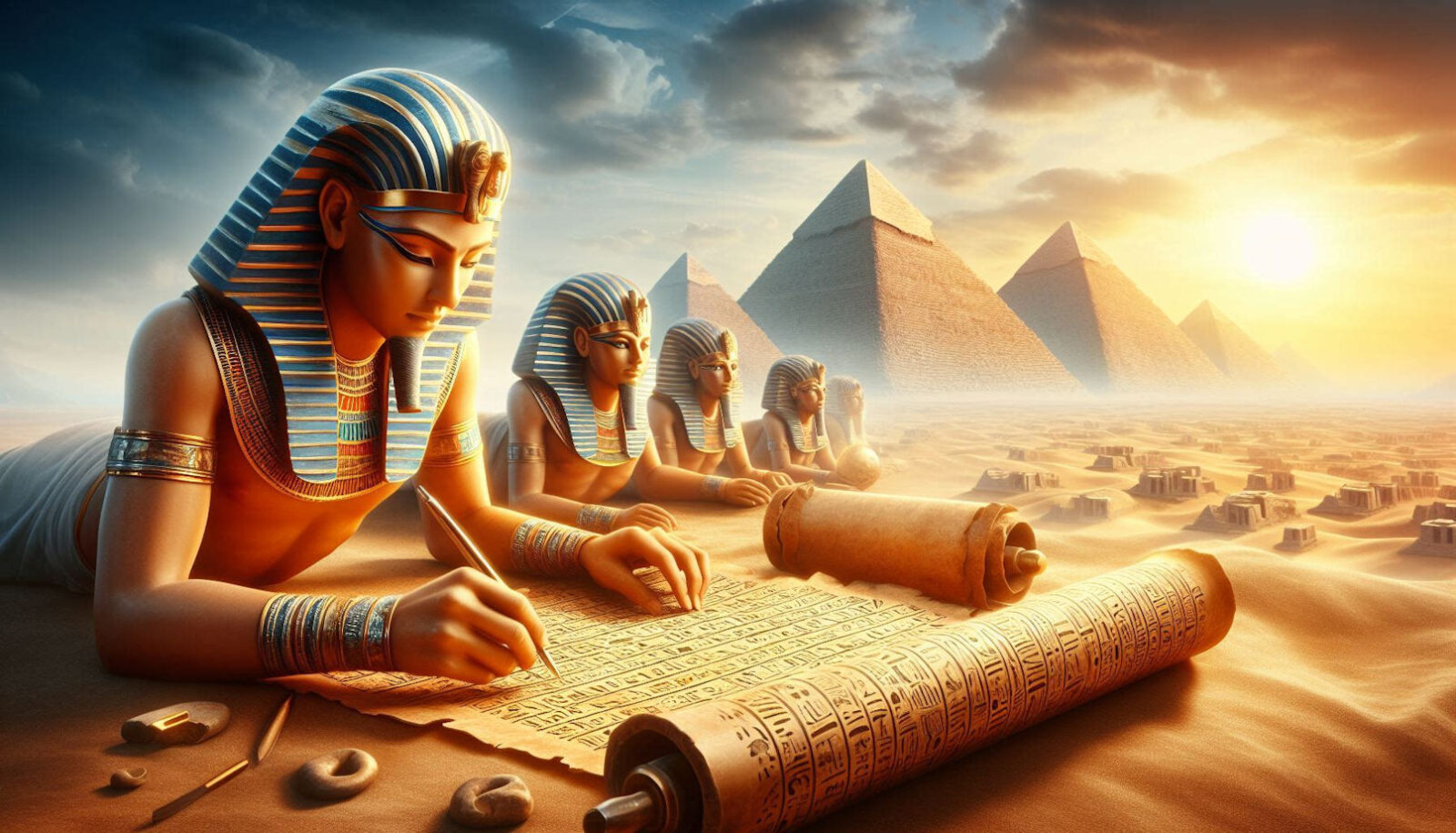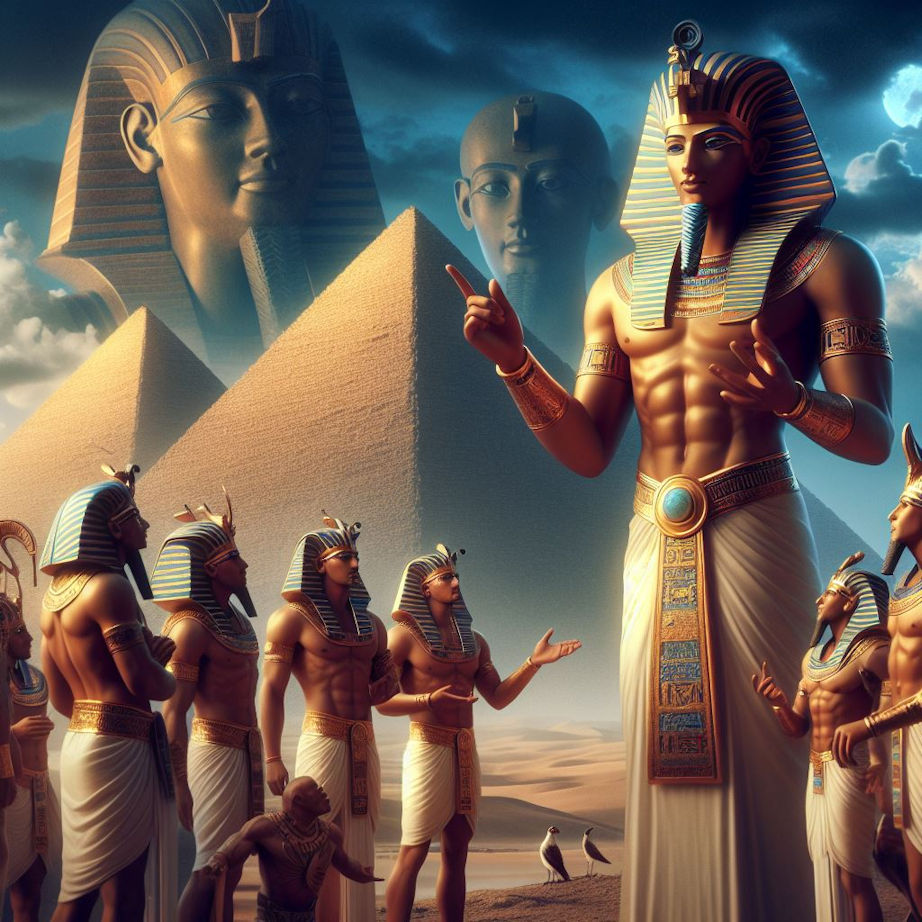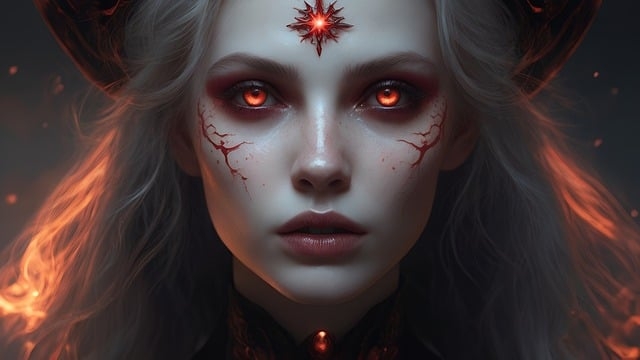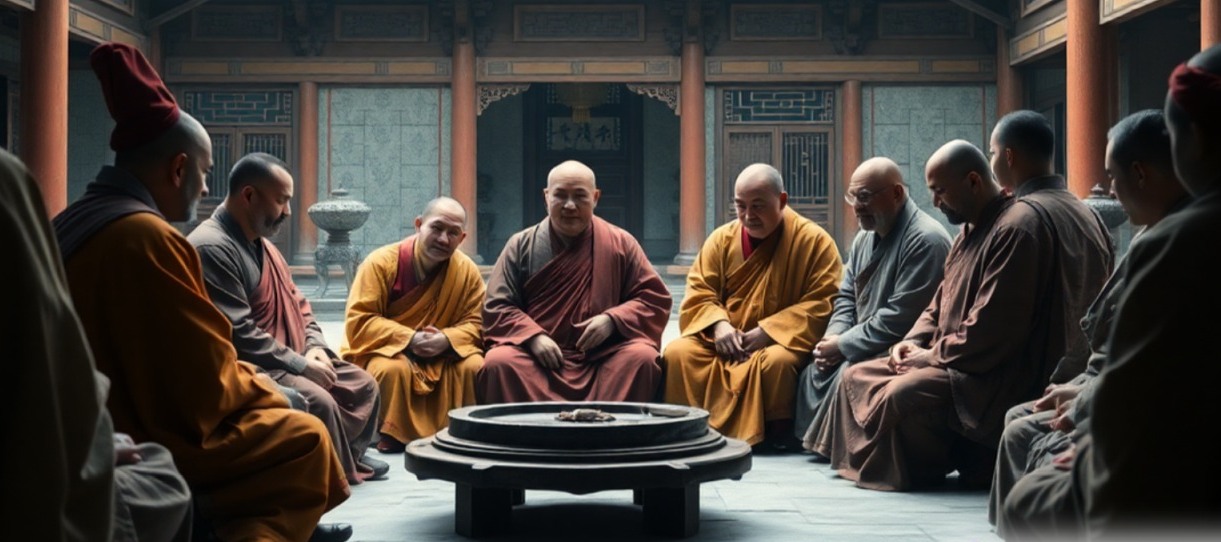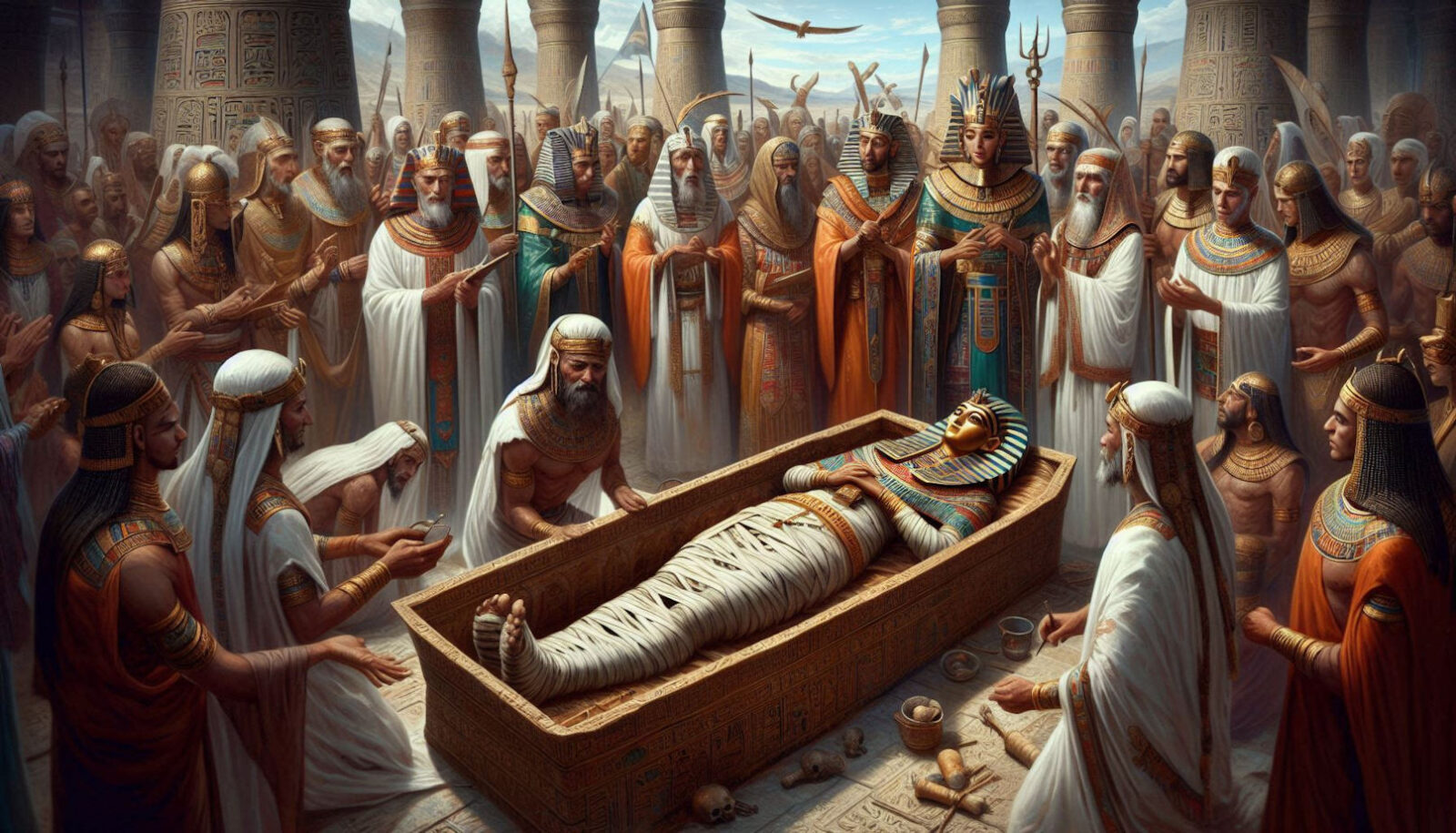
Unlocking the Mysteries of Ancient Egypt: Mummification Techniques and Beliefs
The ancient Egyptians left an indelible mark on history through their enduring monuments, intricate hieroglyphs, and fascinating cultural practices. Among these, perhaps none are as captivating and mysterious as the techniques of mummification and the profound beliefs surrounding the afterlife.
Mummification was a sacred and intricate process that the ancient Egyptians believed was essential for preserving the body and ensuring a successful journey to the afterlife. To the Egyptians, death was not the end but rather a transition to another realm where the soul would continue its existence. The preservation of the body through mummification was seen as crucial because they believed that the soul required a physical vessel to return to after death.
The process of mummification was a meticulous and labor-intensive procedure, reserved primarily for the elite and aristocrats of ancient Egyptian society. However, even ordinary Egyptians sought some form of preservation for their deceased loved ones, albeit on a smaller scale.
The techniques of mummification evolved over time, with different methods employed during different periods of ancient Egyptian history. The most elaborate and well-documented mummification processes date back to the New Kingdom (circa 1550–1070 BCE). The process typically began with the removal of internal organs, except for the heart, which the Egyptians believed to be the seat of intelligence and emotion. The brain was extracted through the nostrils using special tools, while the internal organs were removed and preserved separately in canopic jars.
Once the body was thoroughly cleaned and dehydrated, it was treated with natron, a naturally occurring salt mixture that helped to desiccate the tissues and prevent decomposition. The body was then packed with various substances such as sawdust, resin, and linen to give it a more lifelike appearance. Finally, the body was wrapped in linen bandages, sometimes accompanied by protective amulets and charms, before being placed in a coffin or sarcophagus.
The entire process of mummification was imbued with religious significance and ritual. The ancient Egyptians believed in a complex pantheon of gods and goddesses, each with their own domain and responsibilities. Osiris, the god of the afterlife, played a central role in the mummification process, as did Anubis, the jackal-headed god associated with embalming and mummification.
The beliefs surrounding mummification were deeply intertwined with the Egyptian concept of the afterlife. According to Egyptian mythology, the afterlife was a paradise known as the “Field of Reeds,” where the deceased would enjoy eternal bliss and tranquility. However, in order to reach this heavenly realm, the soul had to navigate a perilous journey through the underworld, where it would face a series of trials and tribulations.
The preservation of the body through mummification was believed to be essential for the successful completion of this journey. Without a preserved body, the soul risked being lost or destroyed in the underworld, unable to reach its final destination. Thus, mummification was not just a practical necessity but also a spiritual imperative, a way to ensure the eternal well-being of the deceased in the afterlife.
The significance of mummification extended beyond just the preservation of the body. The elaborate funerary rituals and burial practices surrounding mummification served as a means of honoring the deceased and paying homage to their memory. From the construction of grandiose tombs and pyramids to the elaborate burial goods and offerings placed alongside the deceased, every aspect of the funeral process was designed to facilitate the transition to the afterlife and ensure the eternal happiness of the deceased.
In conclusion, the techniques of mummification and the beliefs surrounding it offer a fascinating glimpse into the religious and cultural practices of ancient Egypt. Far more than simply a method of preserving the dead, mummification was a deeply symbolic and spiritual process that reflected the ancient Egyptians’ profound reverence for life, death, and the mysteries of the afterlife. Through the preservation of the body and the performance of elaborate funerary rituals, the ancient Egyptians sought to ensure the eternal well-being of the deceased and their continued afterlife.
